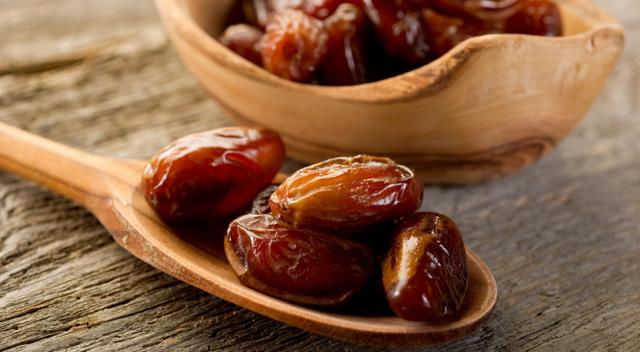On June 18th 2015 Ramadan started — the “hot month” of the year, originally named this way because was celebrated in the hottest month of the year.
It is the ninth month of the Muslim lunar calendar, very different from the solar calendar we use everyday. Fasting is one of the five duties of Muslim and during Ramadan month, Muslims believe, according to their religion, that Muhammad received the Koran as “guidance for mankind and clear proofs of the guidance to straight line direction and salvation”.
During this long period, about a month, Muslims are asked to avoid food during the day and water, sexual activity, smoking, abstaining from lying or say or do bad actions towards others. Based on latitudes and longitudes depending on the country where they are living, the period of fasting that everyone must observe varies tremendously: who is observing Ramadan for example in Denmark, should remain fasting for about 21 hours of their day, while in South America, Australia and South Africa, fasting last about 12 hours.
Muslims can also decide not to observe the Ramadan period, but they then could be seen by other members of their communities as “kuffar”, i.e. “unbelievers”.
But let’s see more specifically what are the most common foods eaten during Ramadan. The main meals of a typical day during Ramadan is the Suhur, the meal that is consumed in the morning before the sun rises, and the Fitur, the meal that is consumed as soon as the sun goes down.
The Suhur is a meal mostly light, but this depends very much on what you ate the night before it. Generally it is a normal breakfast but also just a yogurt or fruit.
The Fitur instead divides into 3 mains: it starts with eating one or more dates in odd number (as Muhammad use to do, according to their religion) over a few glasses of water.
Then follows a lentil soup, most commonly, and other traditional dishes like chorba or harira. The third dish is typically the most substantial. You can eat the konafah, filled Phyllo Dough stuffed with cheese, “paomo bread soup and mutton” “fareed”, a stew of meat and chicken with vegetables and bread cut into very thin strips and finally the desserts: “chabbakia, made of fried dough with honey and sesame seeds, the” ghoraiybah “, a dessert made with almonds, cardamom and butter , the Wlayali “, a dessert libnan prepared with milk, lemon juice and flour and then the delicious” jalebi, a sweet “at rosewater and lemon. Then there is another dessert that is prepared only on the occasion of Ramadan and called “katayef”, is very similar to a pancake, made with water, margarine, baking soda, baking powder and flour, melted butter, and you can enjoy sweet and salty. Ramadan ended this year on 16th of July.
@Angelinaincucin
It is the ninth month of the Muslim lunar calendar, very different from the solar calendar we use everyday. Fasting is one of the five duties of Muslim and during Ramadan month, Muslims believe, according to their religion, that Muhammad received the Koran as “guidance for mankind and clear proofs of the guidance to straight line direction and salvation”.
During this long period, about a month, Muslims are asked to avoid food during the day and water, sexual activity, smoking, abstaining from lying or say or do bad actions towards others. Based on latitudes and longitudes depending on the country where they are living, the period of fasting that everyone must observe varies tremendously: who is observing Ramadan for example in Denmark, should remain fasting for about 21 hours of their day, while in South America, Australia and South Africa, fasting last about 12 hours.




